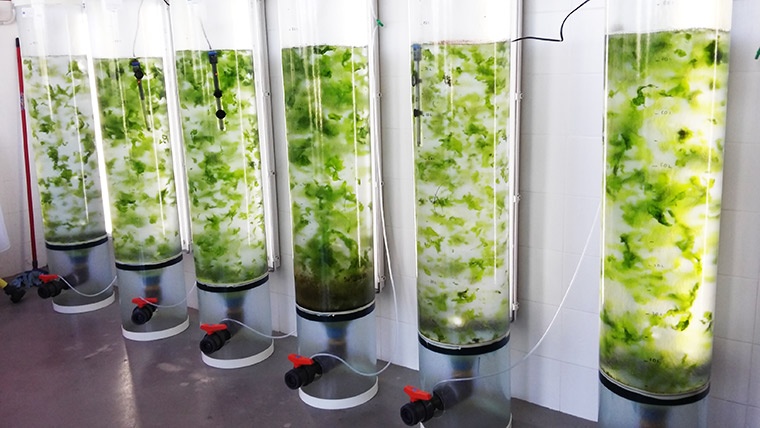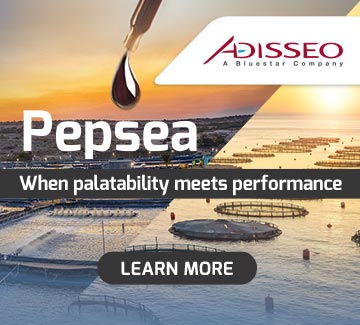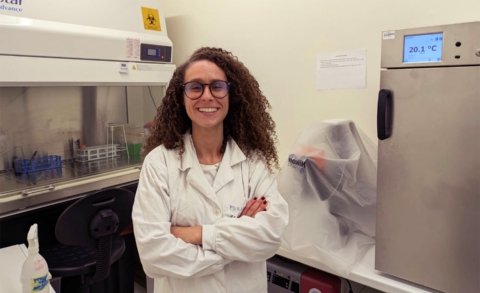
Co-farming rainbow trout (Oncorhynchus mykiss) with sea lettuce (Ulva fenestrata) in a recirculating aquaculture system (RAS) offers measurable benefits for both species, according to a recent study by researchers at the University of Gothenburg. The approach improved the nutritional quality of the macroalgae and enhanced indicators of fish welfare, all without compromising fish growth or health.
The study, published in Aquaculture, investigated the potential of integrated multi-trophic aquaculture (IMTA) within land-based RAS facilities—systems increasingly adopted for their environmental control and low nutrient discharge.
A total of 360 rainbow trout, with an initial average weight of 113 grams, were maintained in a saltwater RAS and co-farmed with sea lettuce during two separate four-week periods. The sea lettuce showed a significant increase in nutritional value, with crude protein content rising by 25–35%, and biomass increasing by up to 43%. This confirms the macroalgae's capacity to assimilate residual nutrients—particularly nitrogen—originating from fish waste.
Although no systemwide reduction in dissolved inorganic nitrogen (mainly nitrate) was observed, the cultivation bags with sea lettuce caused a clear local increase in water pH. This suggests that sea lettuce can contribute to pH stabilisation in RAS environments, potentially reducing the need for chemical buffering agents.
Fish welfare indicators also improved during the co-farming periods. The incidence of snout wounds, a common sign of chronic stress or aggression in trout, was significantly lower. In addition, plasma potassium levels—another marker of long-term stress—were reduced. “This study demonstrates that co-farming sea lettuce with rainbow trout can benefit the RAS and sea lettuce without compromising fish health and welfare,” the authors noted.
Despite these welfare gains, specific growth rate (SGR) and final biomass of the fish were not significantly affected by the presence of sea lettuce. However, the study reported that the condition factor (CF) of the trout decreased slightly during the second phase of the trial, likely due to natural ageing rather than the co-farming conditions. The overall survival rate was high, averaging 92%.
The study also recorded a shift in transepithelial potential across the trout’s skin during co-farming, suggesting subtle physiological responses. While the implications of this change remain unclear, other key measures—such as skin barrier integrity and intestinal function—remained stable.
Researchers conclude that increasing the biomass of sea lettuce in proportion to water volume and fish load could yield stronger bioremediation results. The findings support IMTA as a viable strategy for improving sustainability and animal welfare in land-based aquaculture.


